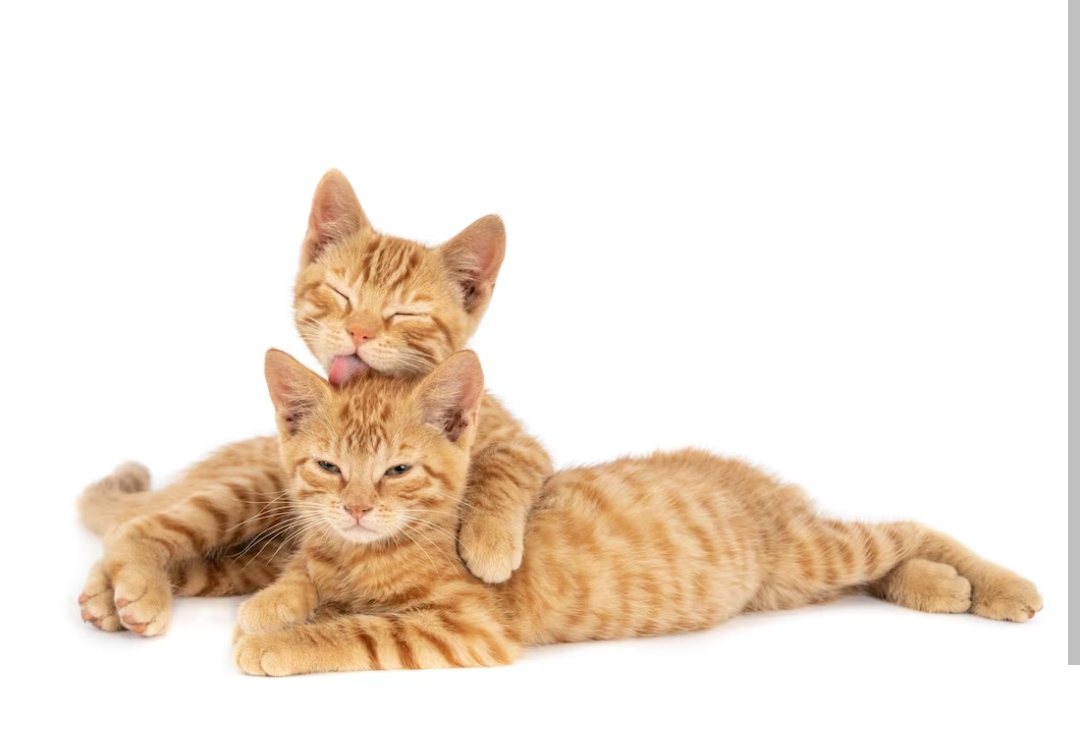
Stray cats are cats that live outside the house and do not have human owners who directly care for them. Here are some places where stray cats are often found:
Parks and Green Areas: Stray cats often spend time in parks, gardens, or other green areas. They like places that provide shelter from bad weather and a place to hide from predators.
Swamps and Wet Areas: Some feral cats can be found in swamps, rivers, or other wet areas where they can find food, such as fish or other small animals, and obtain drinking water.
Urban Environments: Feral cats are also often found in urban areas, where they search for food sources around places such as food stores, restaurants, or garbage dumps.
Rural Areas: In rural areas, feral cats are often found around farms, fields, or abandoned buildings. They look for food from crop residues, small animals, or other food sources found around the area.
Abandoned Buildings: Some feral cats choose to live in abandoned buildings, such as old houses or unused warehouses. They use this space as a shelter from bad weather and a place to make nests.
Colonies: Feral cats often live in colonies, where they share food sources and protect their territory from competing cats or other animals. These colonies often have complex social structures and hierarchies defined by inter-cat relationships.
Wild cats are very adaptive animals and can live in various environments. Even though they live outdoors and are independent, they still have the ability to survive and live a relatively comfortable life in the wild.
Feral cat pests can be a serious problem for the health of humans and domestic pets. Here are some preventative steps you can take to reduce the risk of feral cat pests:
Maintaining a Clean Environment: Cleaning the area around your house or residence regularly can help prevent the entry of wild cat pests. Make sure to clean up trash piles, sweep the yard, and dispose of food waste properly.
Closing Access: Identify and seal gaps or holes around the house that could be used as entrances by feral cats. Be sure to repair any damage to walls, doors, and windows that pests could use to enter the home.
Using Pest Repellents: Pest repellents designed specifically to repel stray cats can be used around the area where you live. This could be a sound, light, or smell that stray cats don't like.
Keeping Your Pet Healthy : Make sure your pet gets proper health care, including vaccinations and protection against parasites such as fleas and mites. This can help reduce the risk of diseases that stray cats can transmit to your pet.
Use Protective Equipment: If you have a garden or plants in your yard, use traps or fences to protect the plants from attacks by feral cats. You can also use mulch or other ground covering materials to reduce the attraction for feral cats to use the area as their natural toilet.
Consult Local Authorities : If you are facing serious problems with the feral cat population in your area, consult local authorities or animal welfare organizations for advice and help in dealing with the problem.
By taking these preventative steps, you can help reduce the impact of feral cat pests on your environment and keep your pets healthy and safe.

Kucing Kampung

Persia

Maine Coon

Siamese

Bengal

Scottish Fold